If you’re comfortable wearing neutrals but would like to incorporate pops of color into your outfits, then it’s time to learn about the color wheel!
Wearing colorful outfits can seem a challenge, but, with practice, we can all learn to match colors and understand which combinations represent our own style well.
The Color Wheel

The color wheel contains twelve slots divided into: primary colors (blue, yellow, and red), secondary colors (purple, green, and orange), and tertiary colors (orange-red, yellow-orange, green-yellow, blue-green, blue-violet, and red-violet) [Audaces.com].
This method of separating and working with colors isn’t unique to fashion. It’s used in areas such as graphic design, photography, architecture, and others. In fashion, however, the color wheel helps create outfits, giving a better sense of how colors will look when juxtaposed.
Monochrome color scheme

Monochromatic combinations are outfits that contain one specific shade from the color circle. For example, let’s say you chose the color blue. In a monochromatic look, you would wear blue “from head to toe”. You could wear the same shade of blue on every piece, or different tones of the same color.
Monochrome outifts are perfect for anyone reluctant to play with too many colors at one time, those who want to appear taller, or those aiming for a sophisticated and effortlessly stylish look. (I may be a little biased because I love monochrome outfits and wear them constantly.)



Analogous color scheme

Analogous compositions rely on “neighboring” colors. Because these colors are right next to each other on the wheel, pairing them produces a harmonious, almost gradient-like look. Analogous colors produce an air of joy and sophistication. This combo is a great starting point to introduce more color into your outfits.
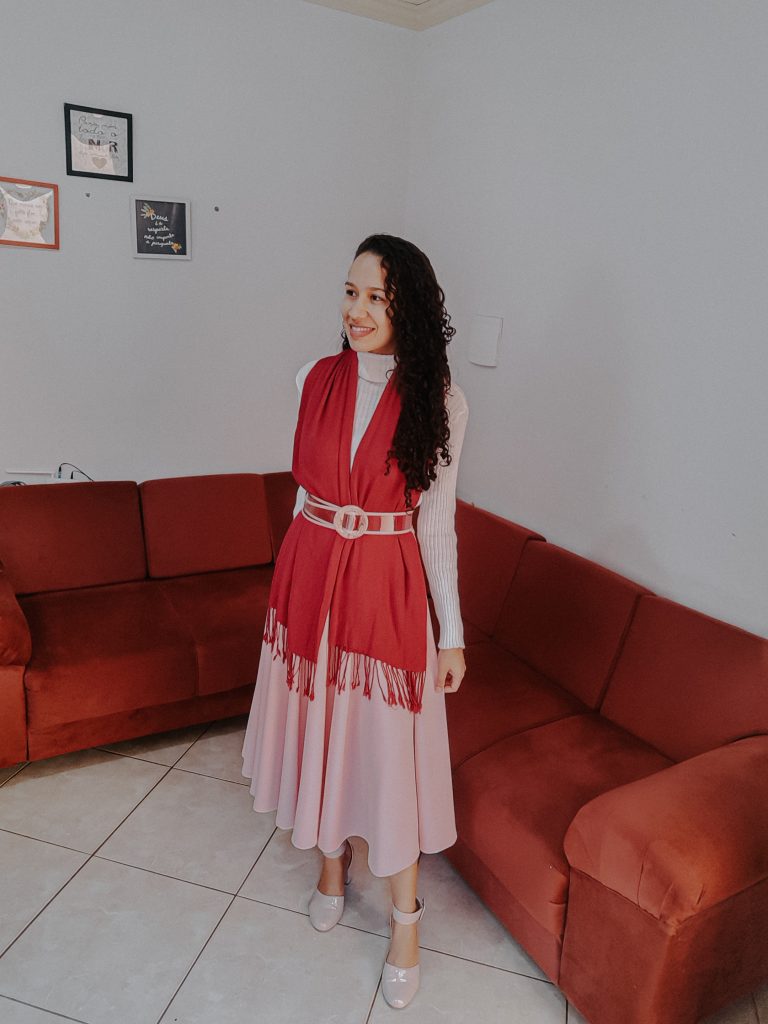

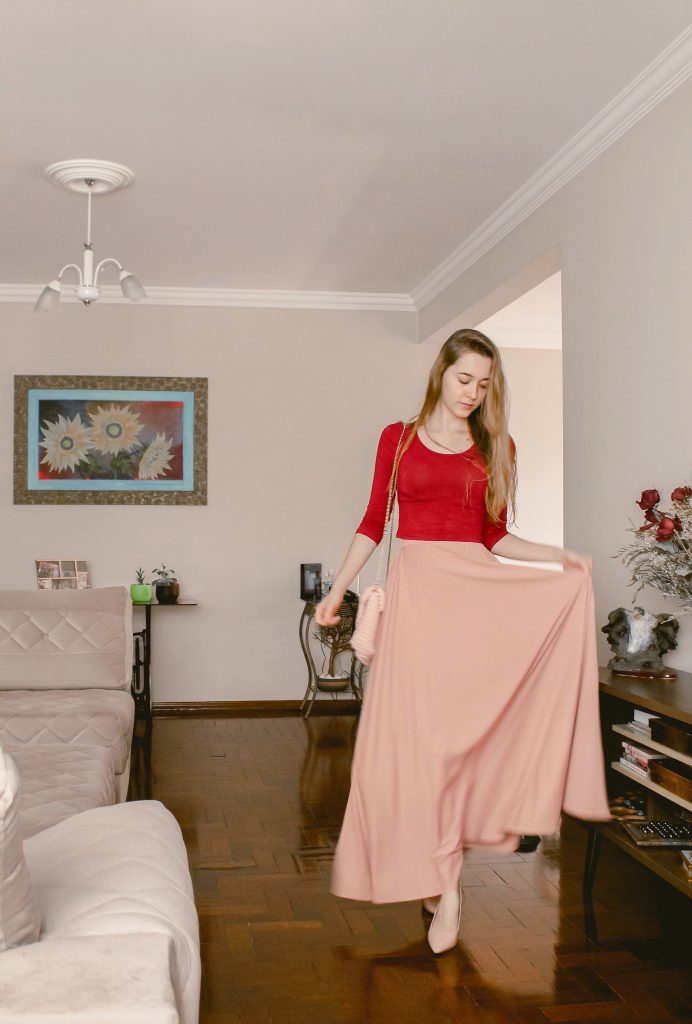
Complementary color scheme

Complementary color schemes rely on colors that are opposite each other on the color wheel. They add contrast and generate a certain prominence in the look.
Complementary combinations are more daring, and consequently, they exhibit more of your personality and originality. This combination is often the go-to choice for creatives.
As an introduction, start exploring with pastel or softer tones, or choose one color as your base and wear the complementing color in accessories or shoes.

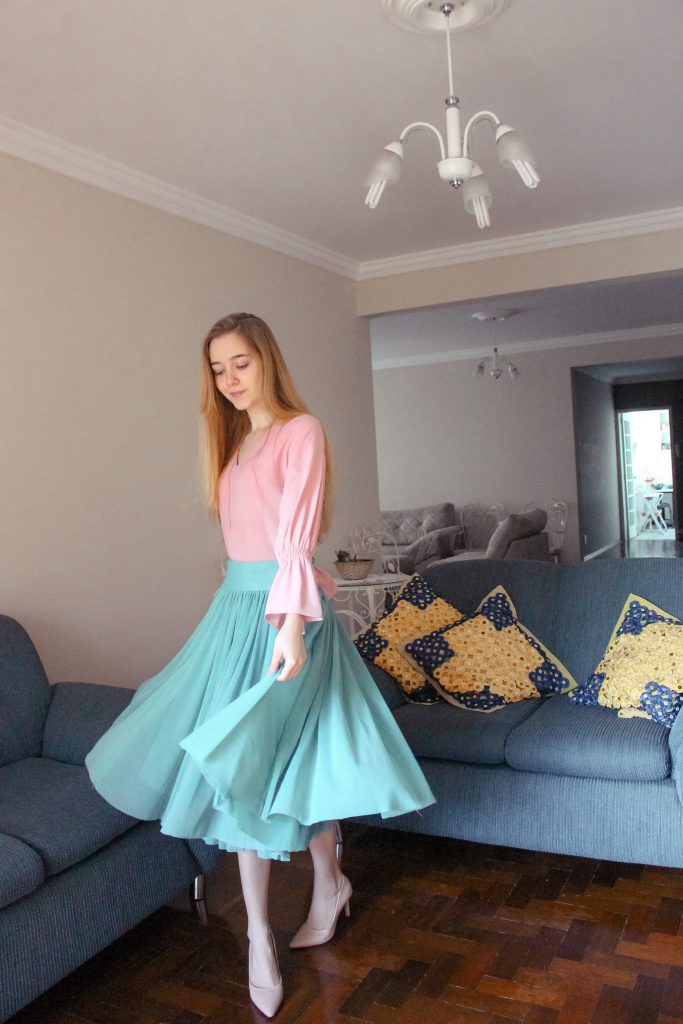

Two-color combinations
A great way to begin playing with colors. In a black and white outfit, swap one piece for color! It adds to the outfit, and it’s difficult to mess up. As the saying goes, “black and white go with everything”. Try it!

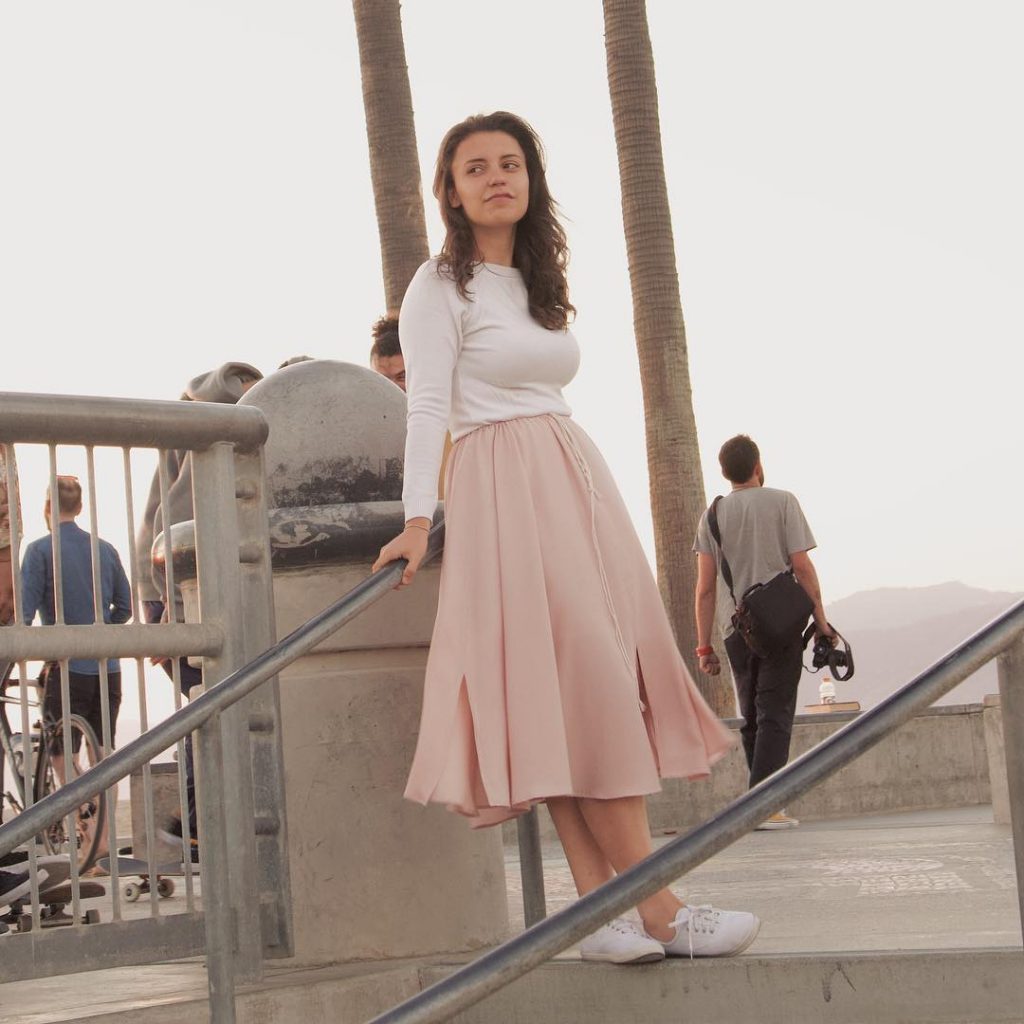

These are just a few of the many ways to mix and match colors. We hope these tips help you dress confidently and colorfully!
Want to find the perfect color palette for your skin tone? Then click here!



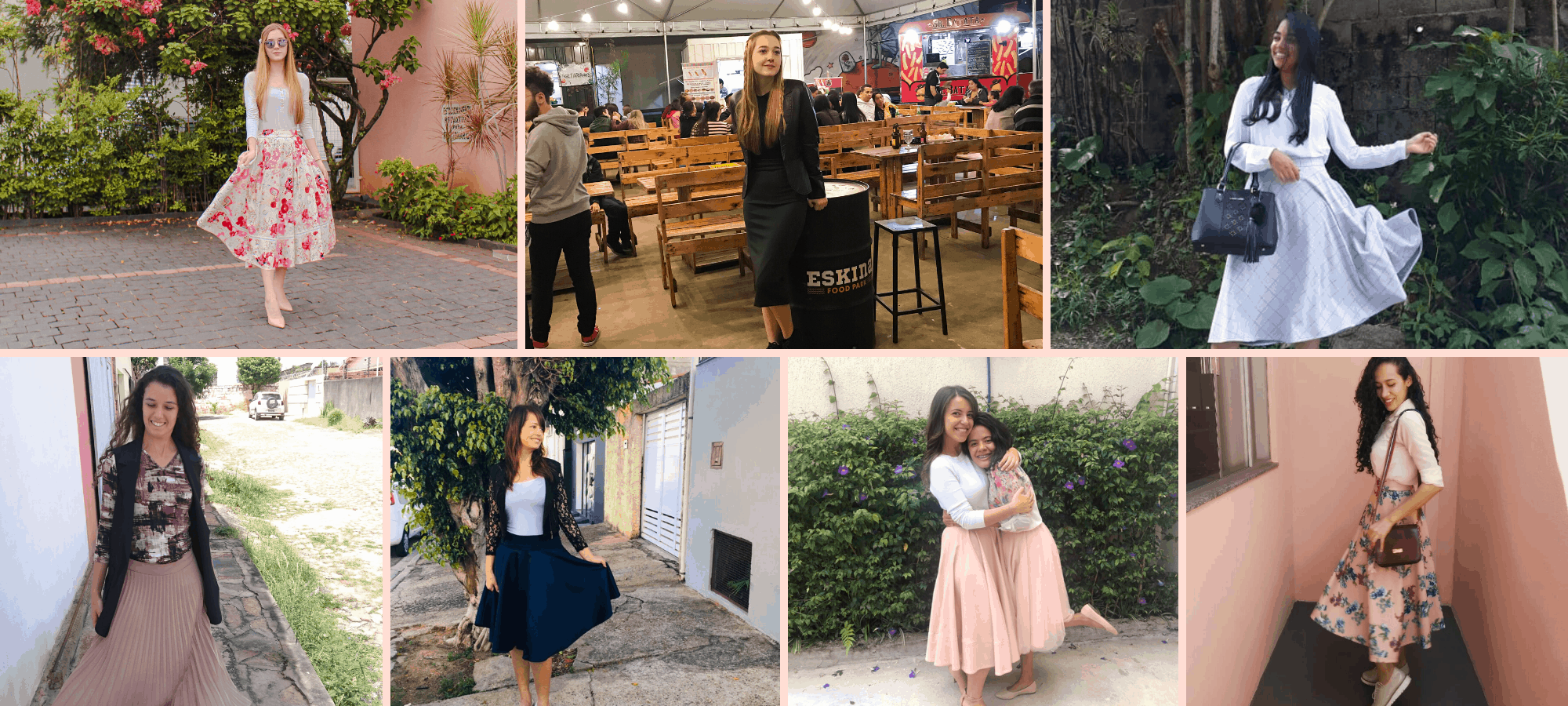

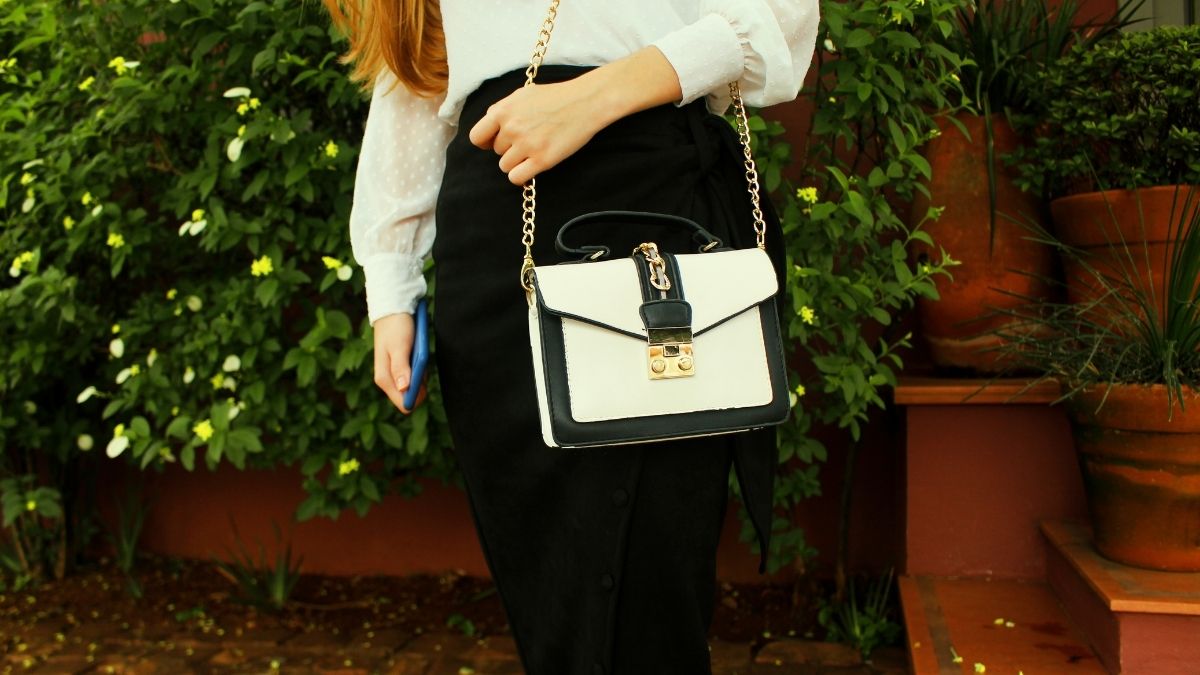


4 thoughts on “Wearing Color: Understanding the color wheel”
Já amei a matérias vou usar a dica de vocês amo todos os tipos de cores nos meus looks . Quando eu coloco alguma roupa sempre tem que ter algo colorido .
Já amei a matérias vou usar a dica de vocês amo todos os tipos de cores nos meus looks . Quando eu coloco alguma roupa sempre tem que ter algo colorido .
E não é que verde com azul ficou lindo?!
Pingback: What the colors you wear say about you